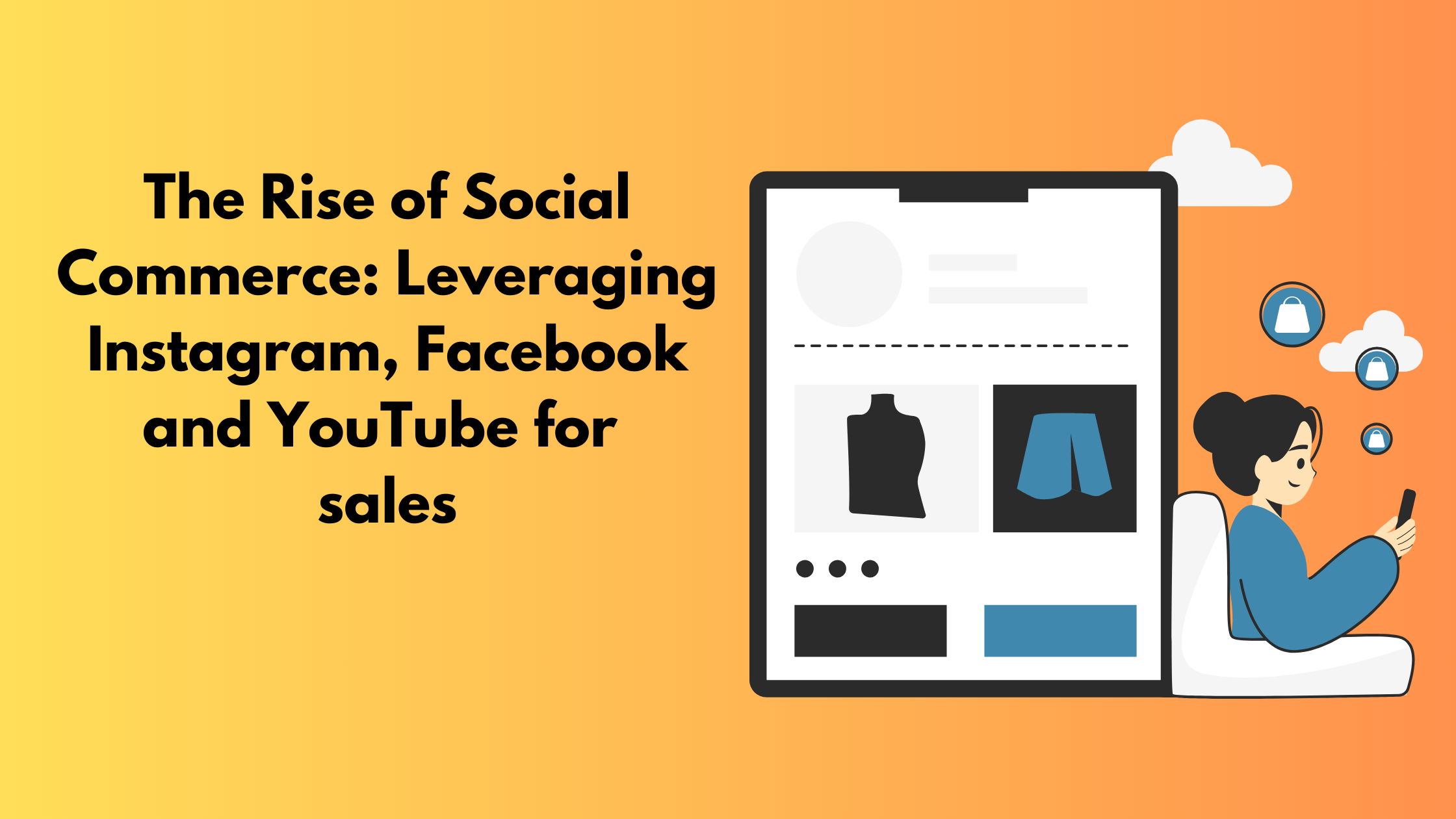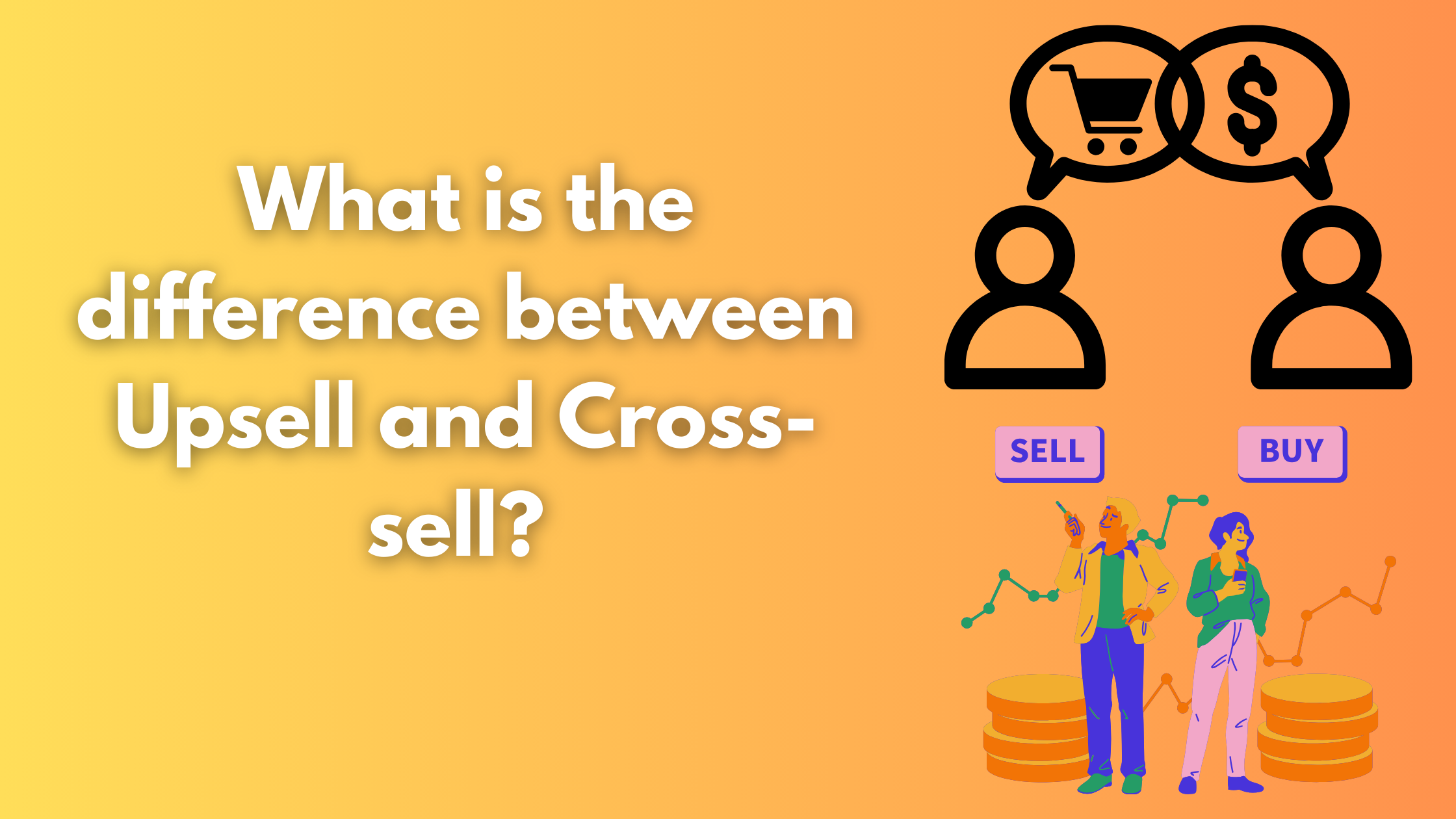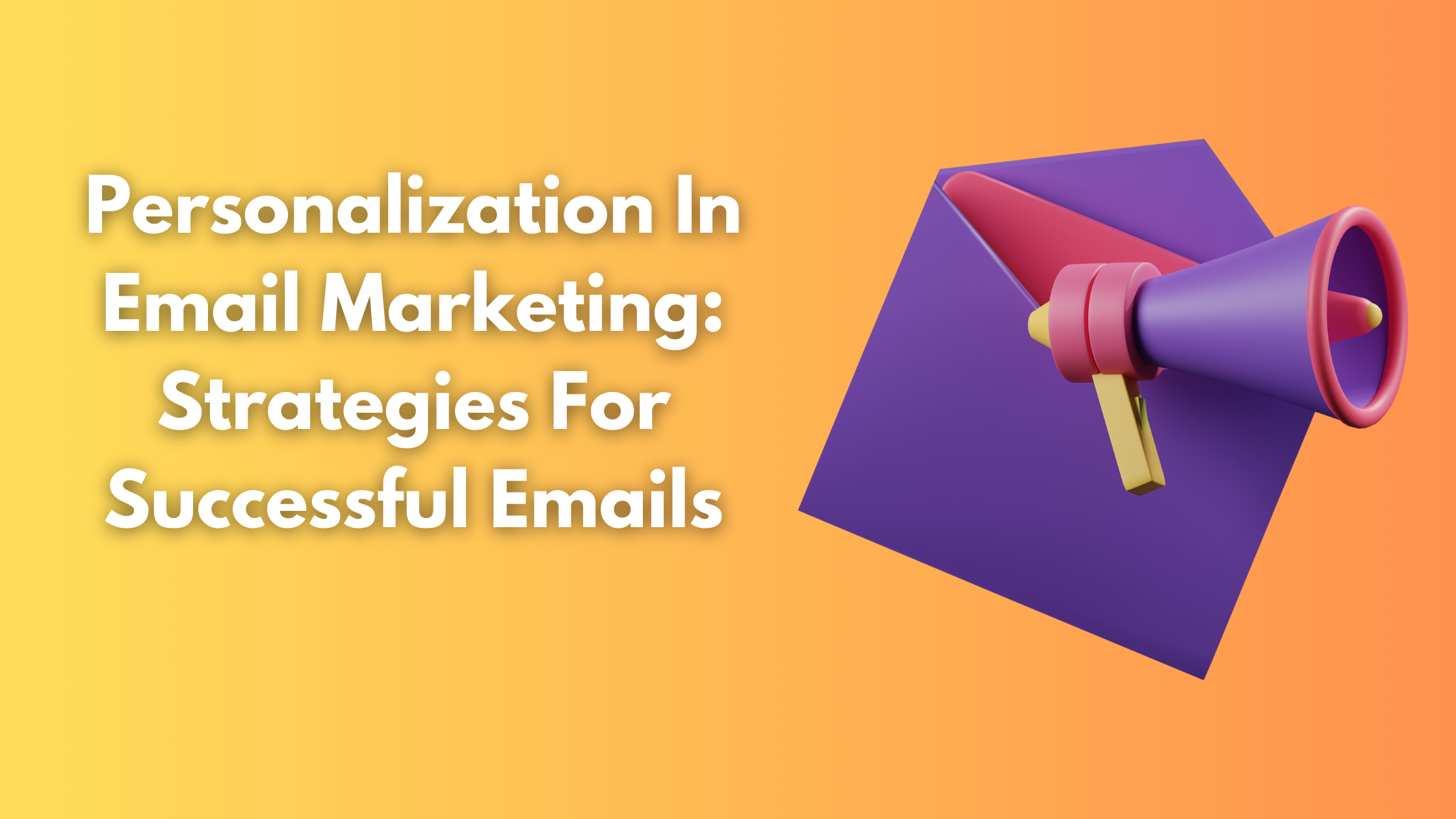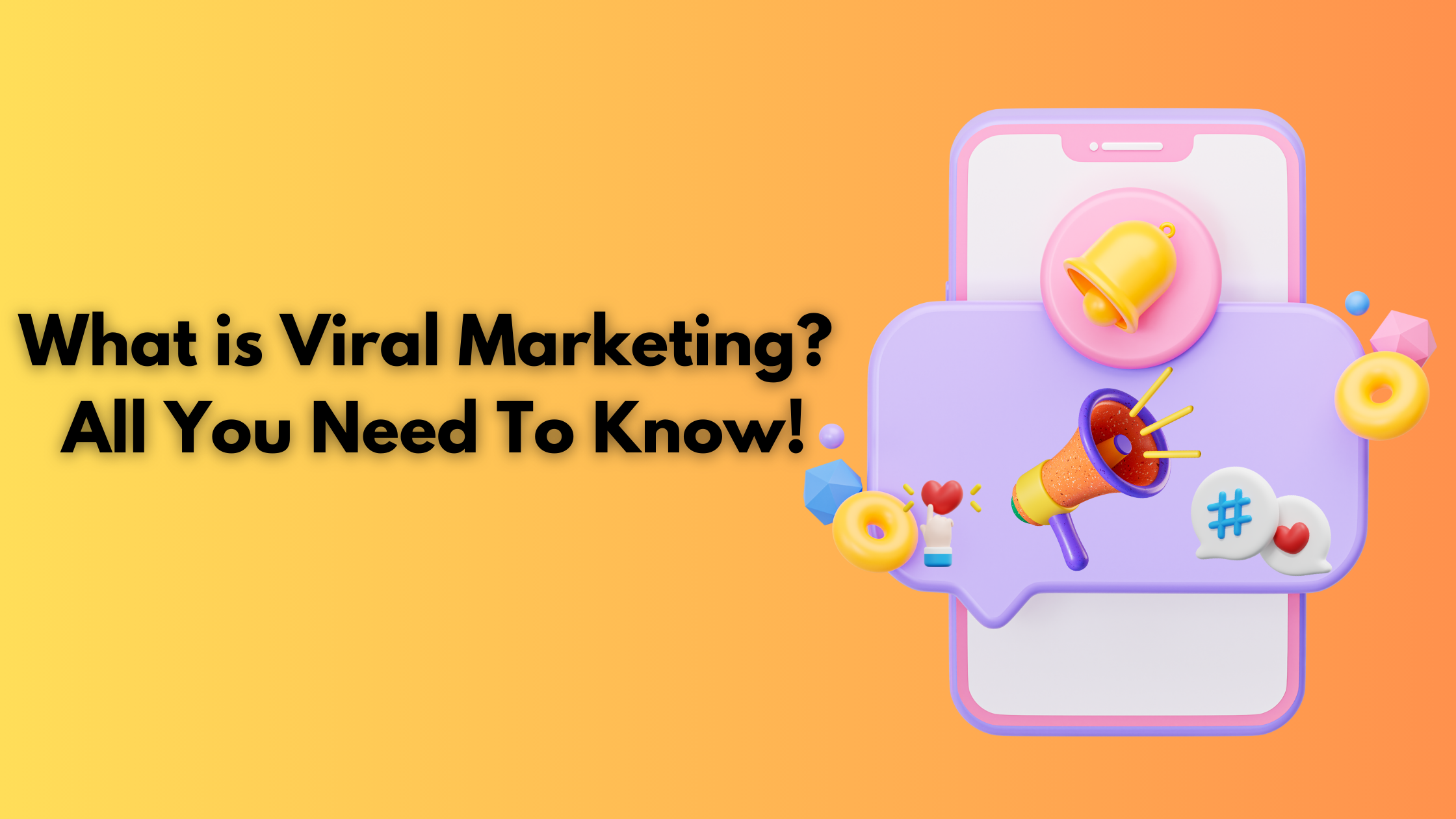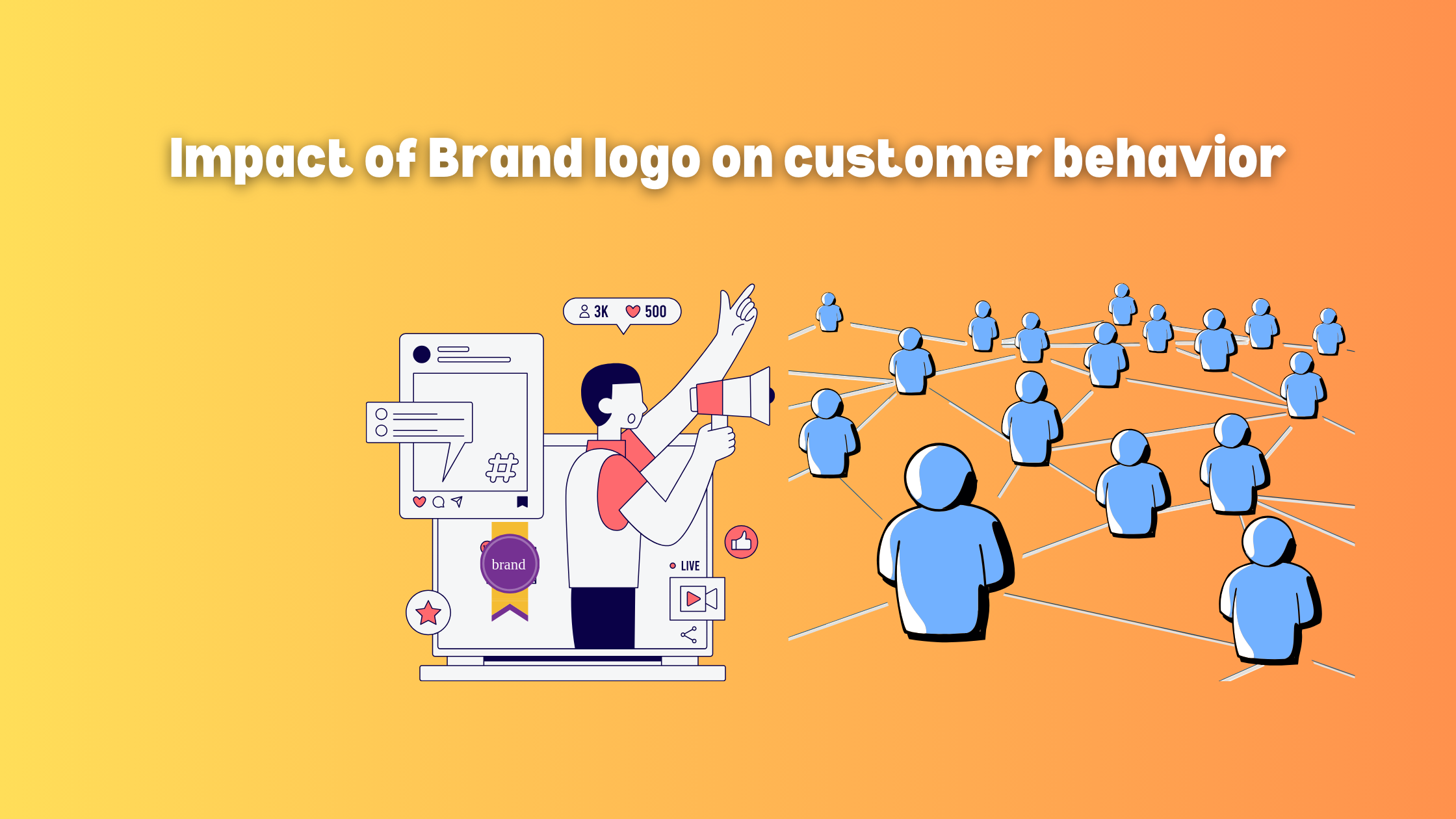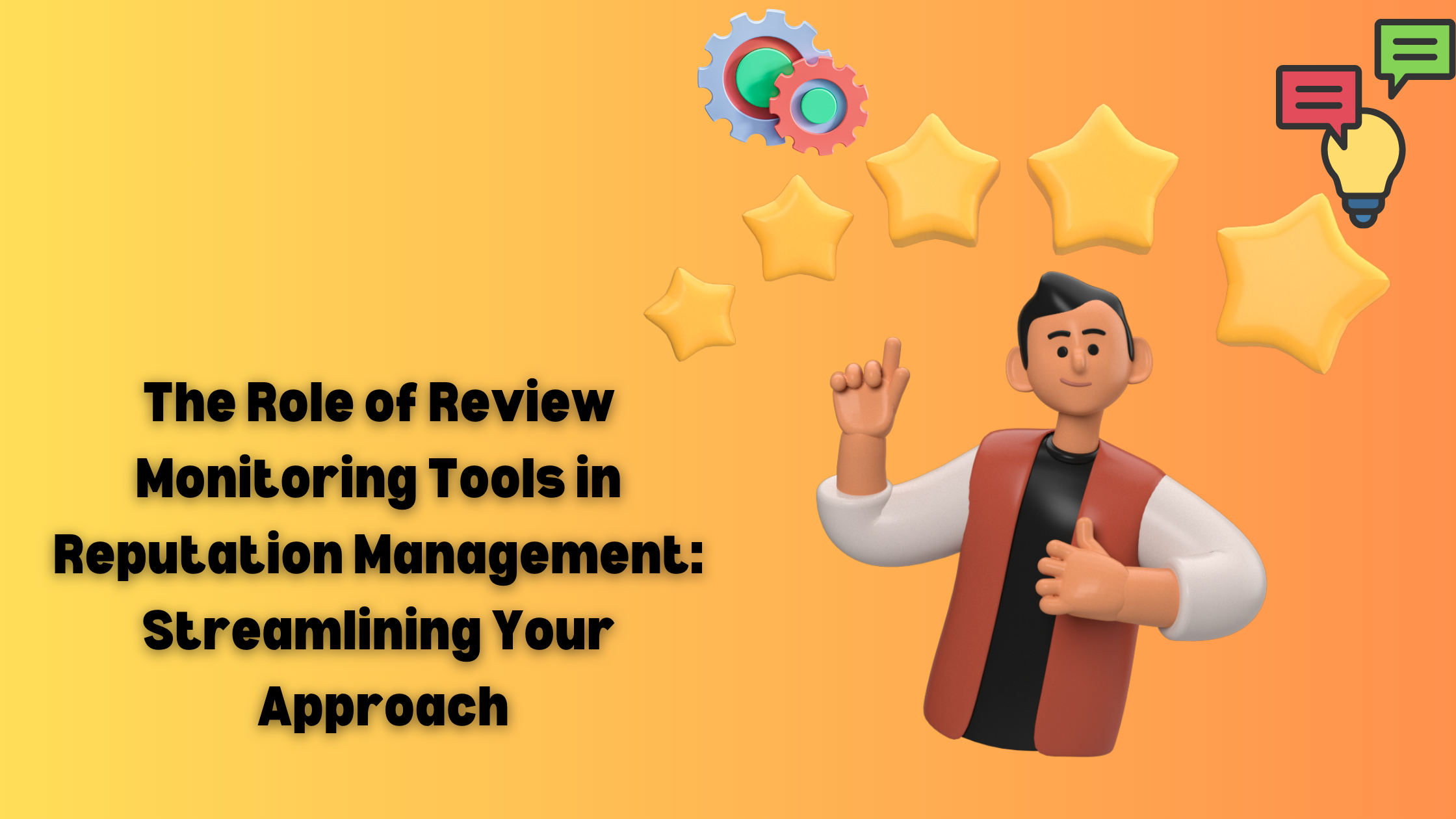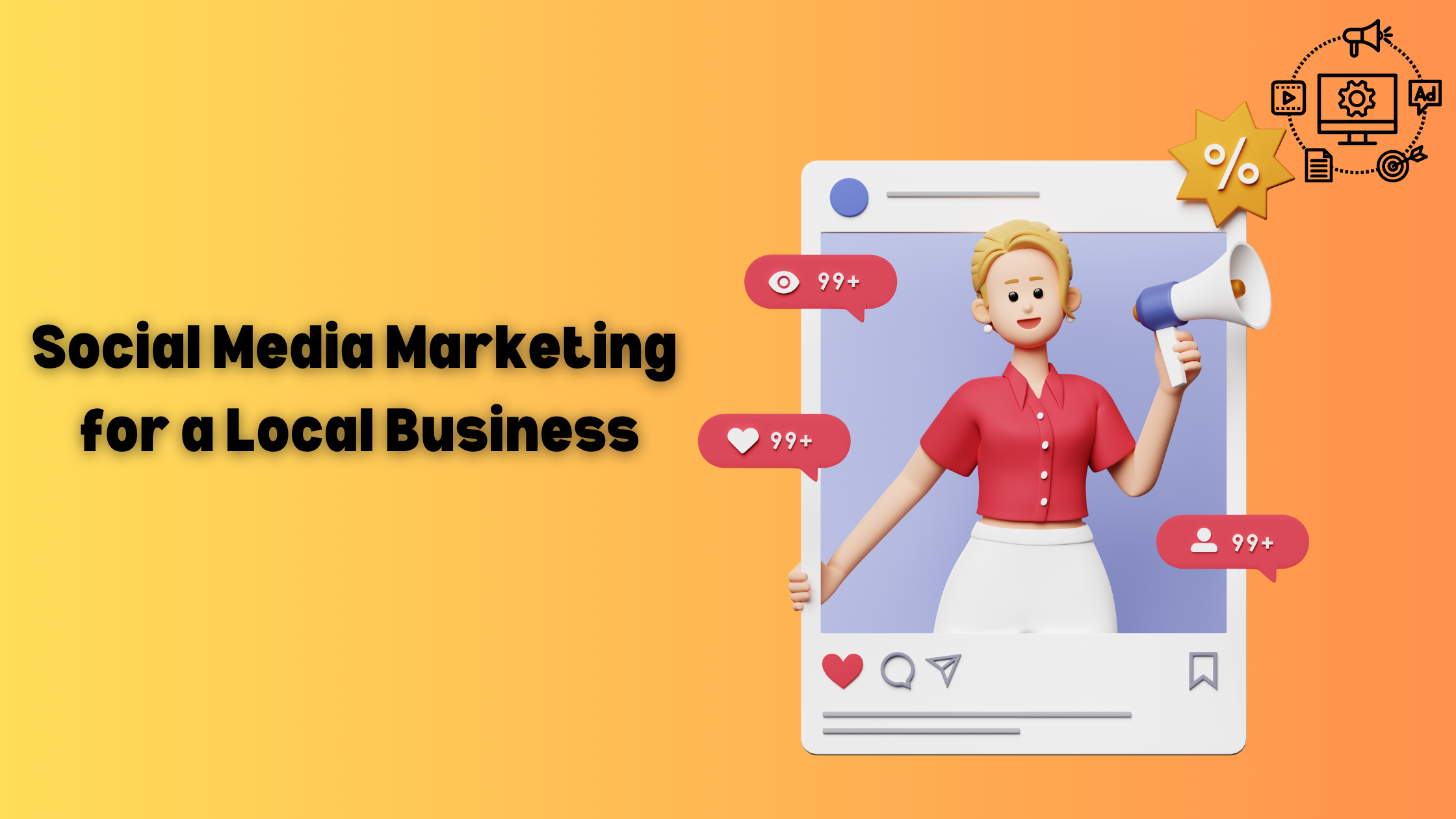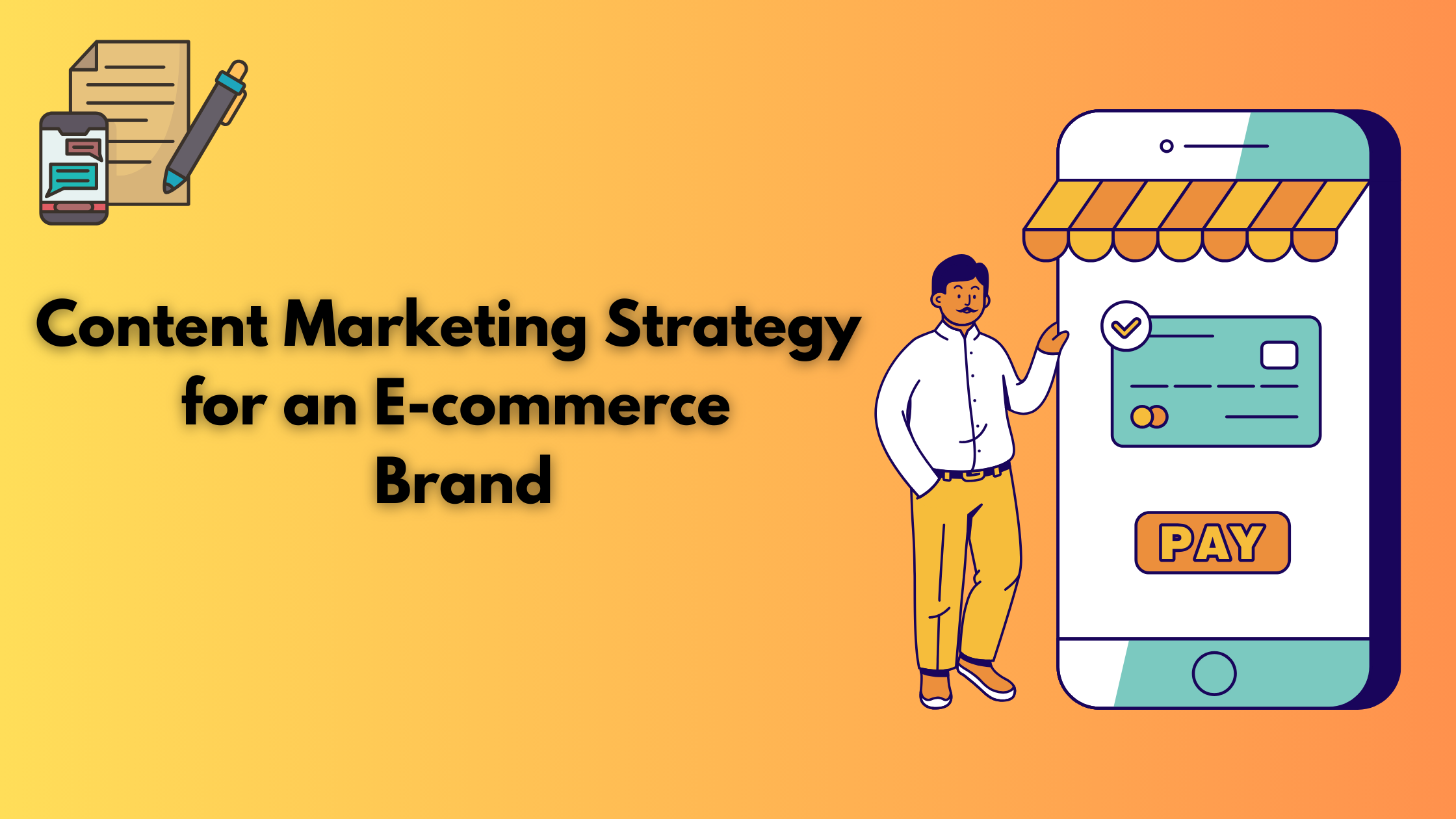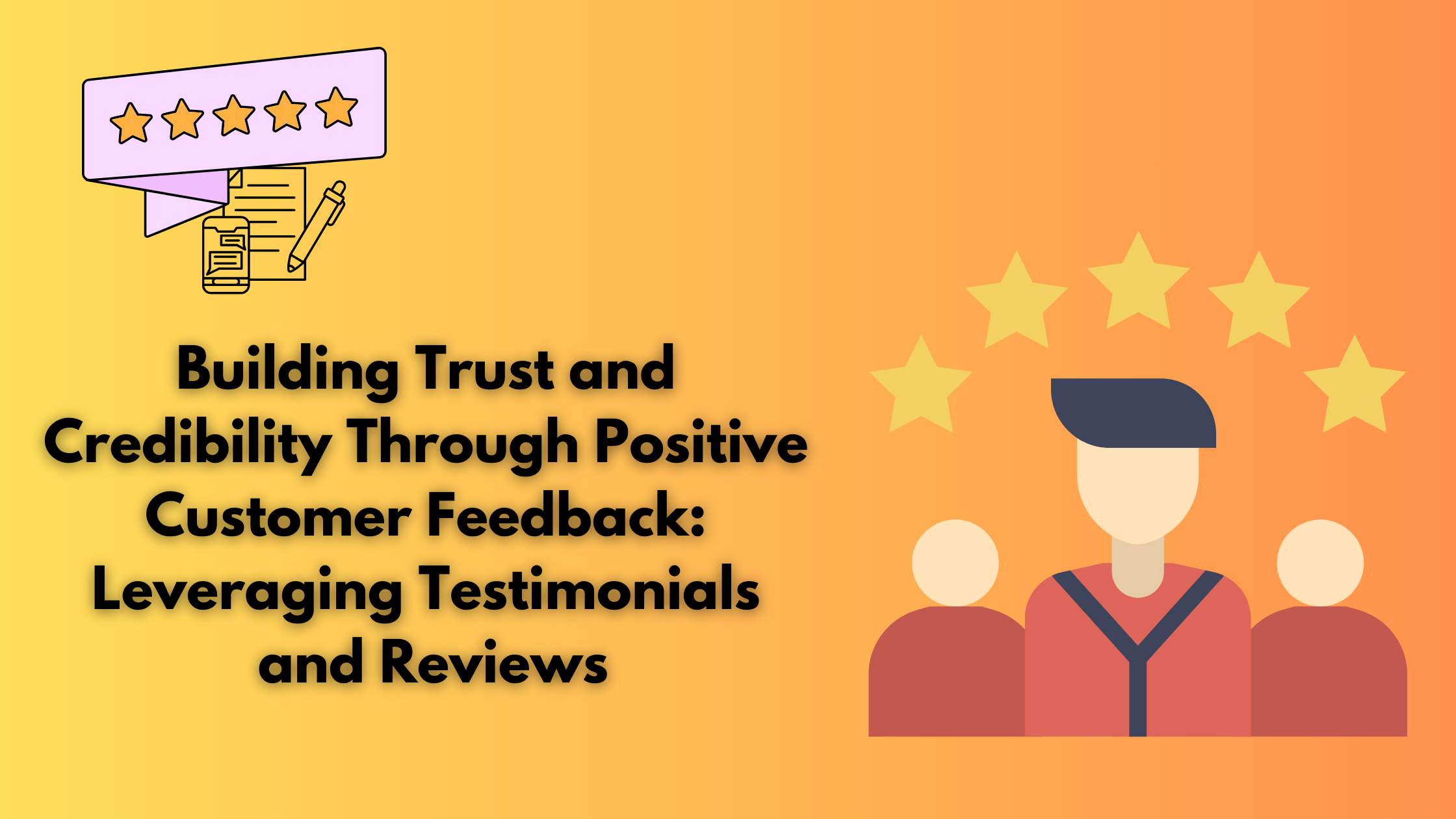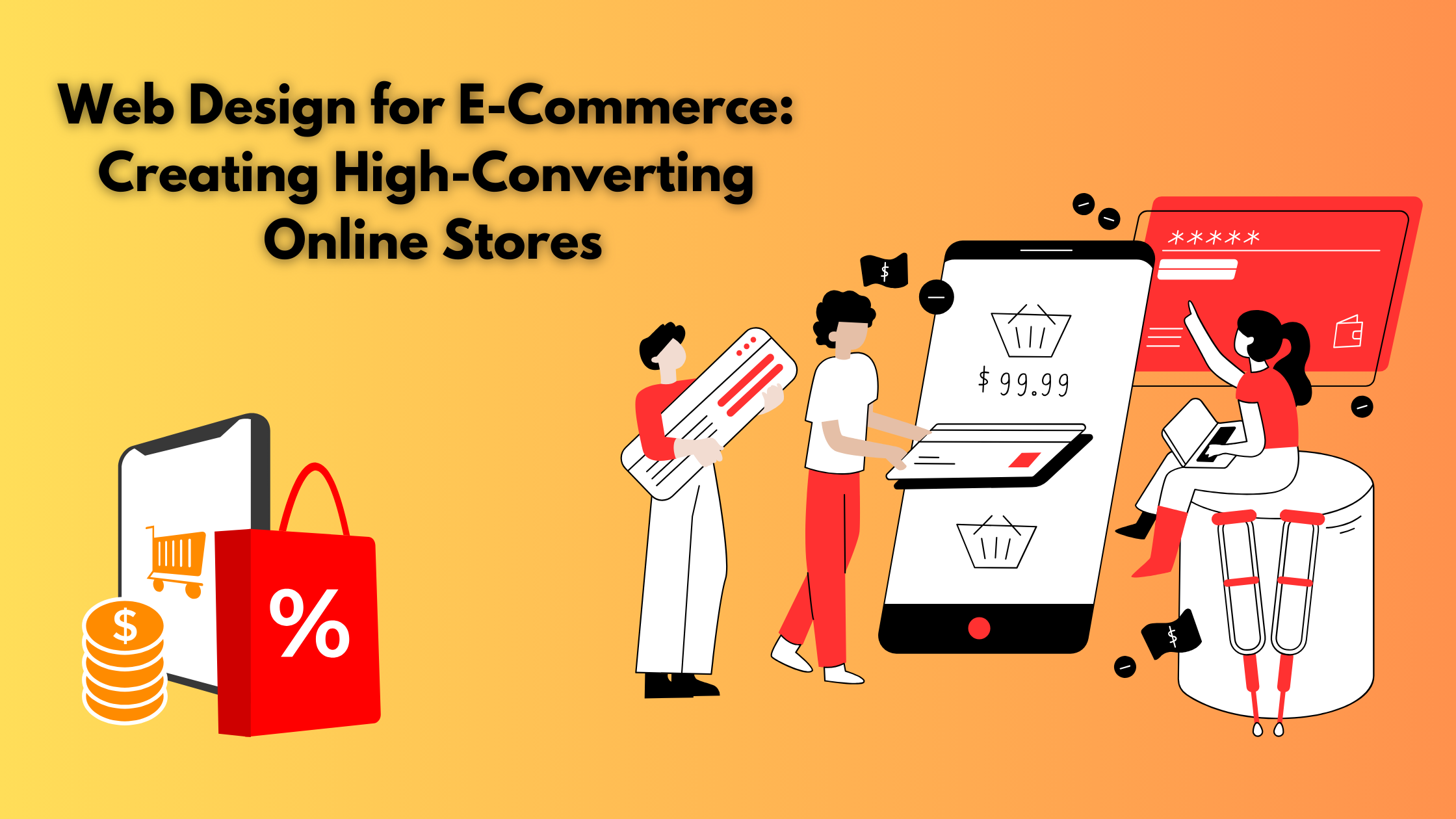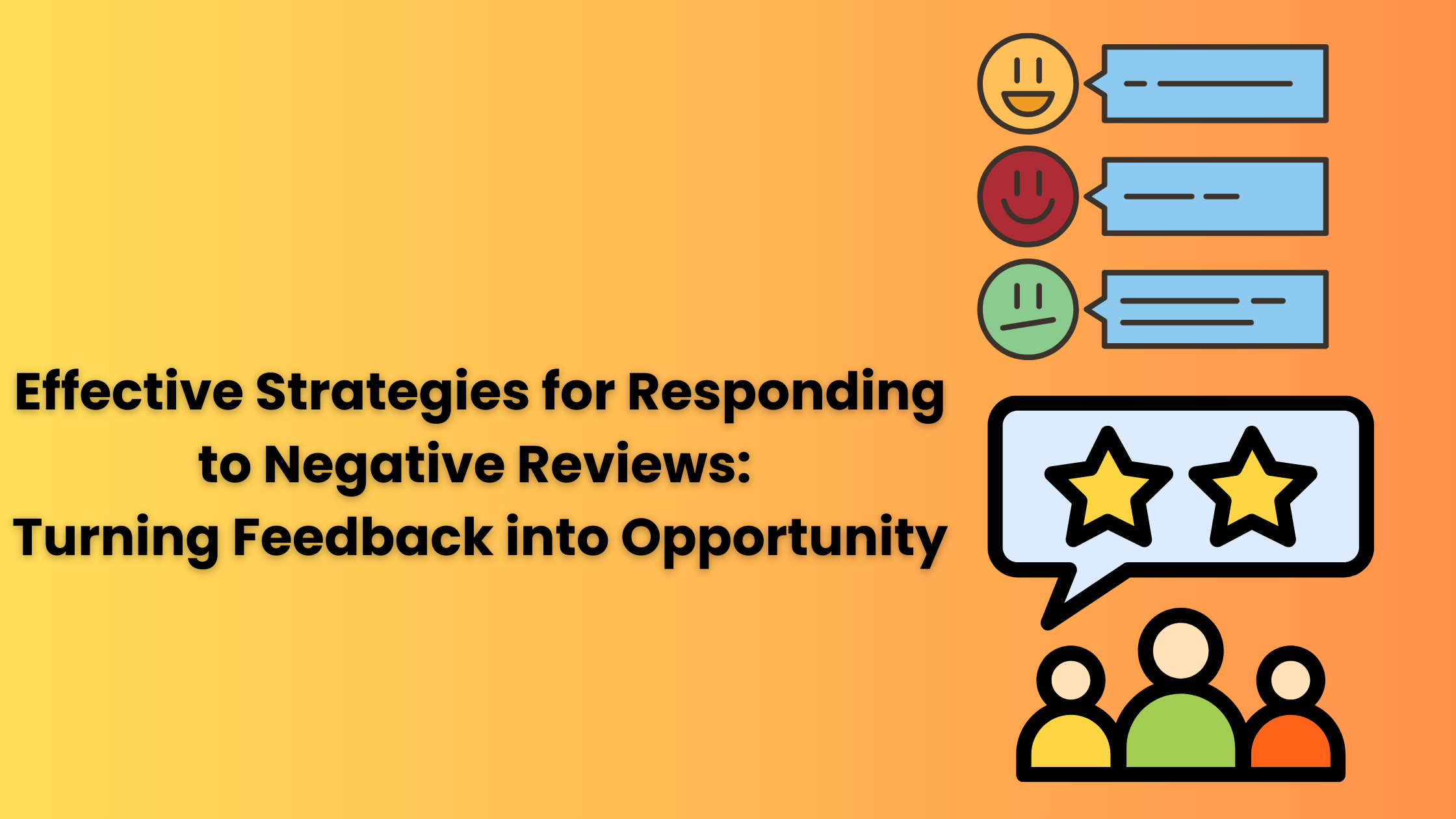
Social commerce is gaining momentum because it delivers a meaningful customer experience and helps in staying ahead of the competition. Earlier, Instagram, Facebook, and TikTok were seen as platforms for entertainment and for generating brand awareness, and have now evolved into sophisticated sales engines. According to a survey, these platforms have helped six in ten social media users to find a brand or a new product.
Social commerce has created a blend of social interaction and online shopping. It influences the social nature of these platforms, where users can share their purchases, leave reviews, and recommend the product to their friends. It creates a community-driven shopping experience. Accordingly to Sprout Social Index, social commerce is blurring the line between engagement and online shopping. It has shortened the path to purchase.
Researchers project the industry to more than double from $570 billion in 2023 to over $1 trillion by 2028. In this article, we’ll understand what social commerce is and its benefits, the strategies of social commerce, and a few examples of brands that have successfully embraced social commerce.
What is social commerce and its benefits?
Social commerce includes selling products and services directly through social media channels. In traditional e-commerce, customers visit a dedicated online store to shop. Meanwhile, social commerce allows them to discover, evaluate, and purchase products without leaving their preferred platform. Some of the key features of social commerce include embedded product links that offer quick access to item details and the checkout process. Social proof helps in building feedback mechanisms such as likes, comments, and shares. Some of the other features are shoppable feeds that link to a detailed product page.
Some of the key benefits of social commerce are that it helps in increasing conversion rate and provides valuable insights. It also helps in enhancing user experience and increasing brand awareness, and boosting loyalty. Social commerce helps businesses partner with influencers to promote their products and services.
Strategies of social commerce
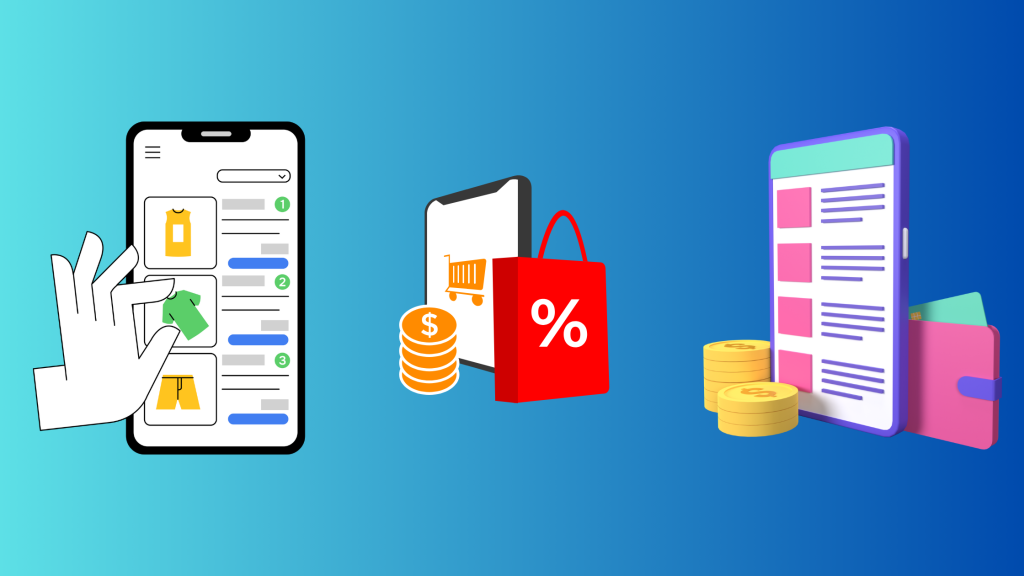
Here are some of the important social commerce strategies that you should consider
- End-to-End purchase journey: To achieve better results, orchestrate an end-to-end customer journey that begins from the awareness stage to purchase to retention. Run targeted campaigns to spread awareness about your brand. Share product demos, guides, UGCs, etc, to encourage customers to engage with your brand. Once you have achieved a decent engagement rate, share social proof through testimony, reviews, etc, to build trust and credibility. Once the purchase has been made, send social customer service with an AI chatbot for quick query resolution. Additionally, you can run retargeting ads.
- Interactive Shopping Events: Host live streams on social media where customers can chat, ask questions, and buy in real time. Collaborate with influencers to build hype. Keep the event engaging and interactive.
- Data Analytics: Customers reveal their shopping behaviour in social interactions and conversations. Using social media analytics can help in understanding important conversations, identifying patterns, segmenting audiences, and creating targeted ads.
- Shoppable Content: Your posts should encourage customers to take action. Create shoppable content that allows customers to buy from feeds and stories. Make the process easy where users can tap, shop, and move on with their day.
- UGC: User-Generated Content helps in building trust and credibility. When users see the experience of other users and customers with your brand, it encourages them to make a purchase. As a result, they have followed you or saved your content.
- Influencer Marketing: Influencers have a loyal fan base and have a rough idea about what their fans want. Select an influencer that resonates with your brand values and philosophy.
Example of successful brands in social commerce

Some of the biggest brands in social commerce are
- Lululemon: If you want to make healthy living fashionable, then look for Lululemon. This premium Canadian athleisure brand has 5 million loyal followers. It engages with users by implementing targeted campaigns, UGC, etc. Its creative storytelling helps in grabbing attention and building relationships with its users. It uses carousel ads and shoppable posts on Instagram.
- Slack: Slack’s approach depends highly on tailored content across various platforms and a consistent brand voice. It highlights product features and user stories, etc. For example, it offers time-limited offers through Instagram posts for immediate engagement from users.
- Boat: Boat has utilized WhatsApp as a high-impact sales channel by using personalized, in-the-moment interaction. Boat strengthened its direct-to-customer approach, built loyalty, and increased revenue. It also enhanced its integration across various platforms such as Shopify, CleverTap, etc.
- Fendy Beauty: Rihanna’s makeup brand, Fendy Beauty, utilizes live events, mixing product demos with specialized advice.
- Glossier: It utilized hashtags effectively and encouraged customers to append branded hashtags in their posts. It enhances their reach.
Investing in social commerce is not a fashion but a need of the time. It is a strategic shift that aligns your brand with evolving customer behaviour. It offers immediate purchasing options. By partnering with trusted and experienced agencies, Lumia 360 can boost your online business. We at Lumia 360 provide digital solutions to boost your business and achieve your goals promptly. To know more about our solutions, email info@lumia360.com or call us at 514-668-5599.
Read Also: How to Encourage Customers to Leave Reviews
Read Also: The Role of Visuals in Email Marketing






